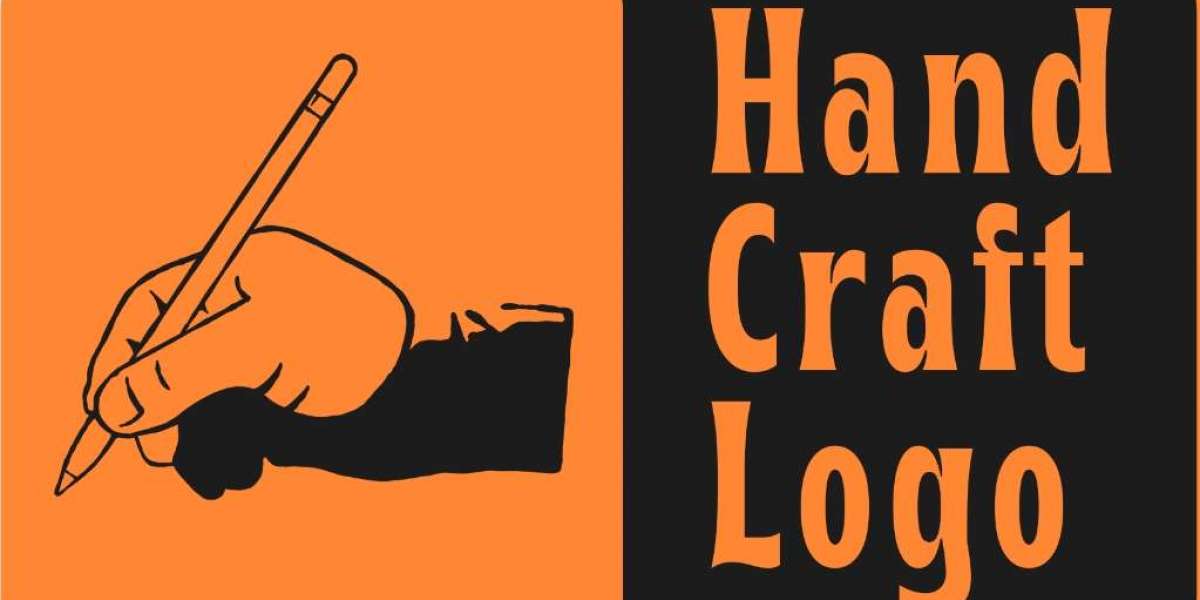In the digital age, where design software and technology dominate the creative landscape, the allure of hand-drawn logos remains a timeless and cherished craft. Hand-drawn logos not only convey a unique sense of authenticity but also reflect the personal touch and artistic prowess of the designer. In this article, we delve into the art of creating hand-drawn logos, exploring the benefits, process, and the enduring charm that these logos bring to brands.
The Unique Appeal of Hand-Drawn Logos:
Hand-drawn logos possess a distinct charm that sets them apart from their digitally rendered counterparts. The imperfections, spontaneity, and individuality captured in each stroke contribute to an authentic and human touch. This personal connection resonates with audiences, fostering a sense of trust and nostalgia that is often harder to achieve with computer-generated designs.
Benefits of Hand-Drawn Logos:
Authenticity: Hand-drawn logos exude authenticity, as each line and curve is a direct result of the artist's hand, skill, and creativity. This authenticity can create a strong emotional connection between the brand and its audience.
Uniqueness: No two hand-drawn logos are exactly alike. The organic nature of the drawing process ensures that each design is a one-of-a-kind masterpiece, making it a perfect choice for brands seeking a distinctive and memorable identity.
Versatility: Hand-drawn logos often have a versatile and timeless quality that adapts well to various applications. Whether it's on a business card, packaging, or a website, the hand-drawn aesthetic adds a touch of warmth and character that suits a wide range of contexts.
The Hand-Drawn Logo Creation Process:
Conceptualization: The journey of a hand-drawn logo begins with ideation. The designer conceptualizes the brand's essence, values, and personality, translating these ideas into visual elements that will form the basis of the logo.
Sketching: Armed with a pencil and paper, the designer starts sketching rough drafts of the logo. This phase allows for experimentation, exploration, and the freedom to capture spontaneous ideas.
Refinement: Once a promising concept emerges, the designer refines the sketch, paying attention to details, proportions, and overall composition. This stage may involve multiple iterations to perfect the logo's form.
Inking: With the final sketch in hand, the designer proceeds to ink the logo, creating a clean and polished version. This step requires precision and a steady hand to bring the design to life.
Digitization (Optional): While the charm of hand-drawn logos lies in their analog nature, some designs may benefit from digitization for scalability and reproduction purposes. Care is taken to preserve the hand-drawn aesthetic during this process.
The Enduring Charm:
Hand-drawn logos stand the test of time, evoking a sense of nostalgia reminiscent of a bygone era when craftsmanship and artistry were paramount. In an era saturated with digital designs, the enduring charm of hand-drawn logos lies in their ability to tell a unique story, capture human emotion, and leave a lasting impression on the audience.
Conclusion:
In a world driven by technology, the art of creating hand-drawn logos remains a testament to the enduring power of human creativity. These logos not only offer a unique visual identity for brands but also serve as a celebration of the artist's skill and imagination. As businesses continue to seek authenticity and connection with their audiences, the timeless craft of hand-drawn logos continues to thrive, leaving an indelible mark on the design landscape.


